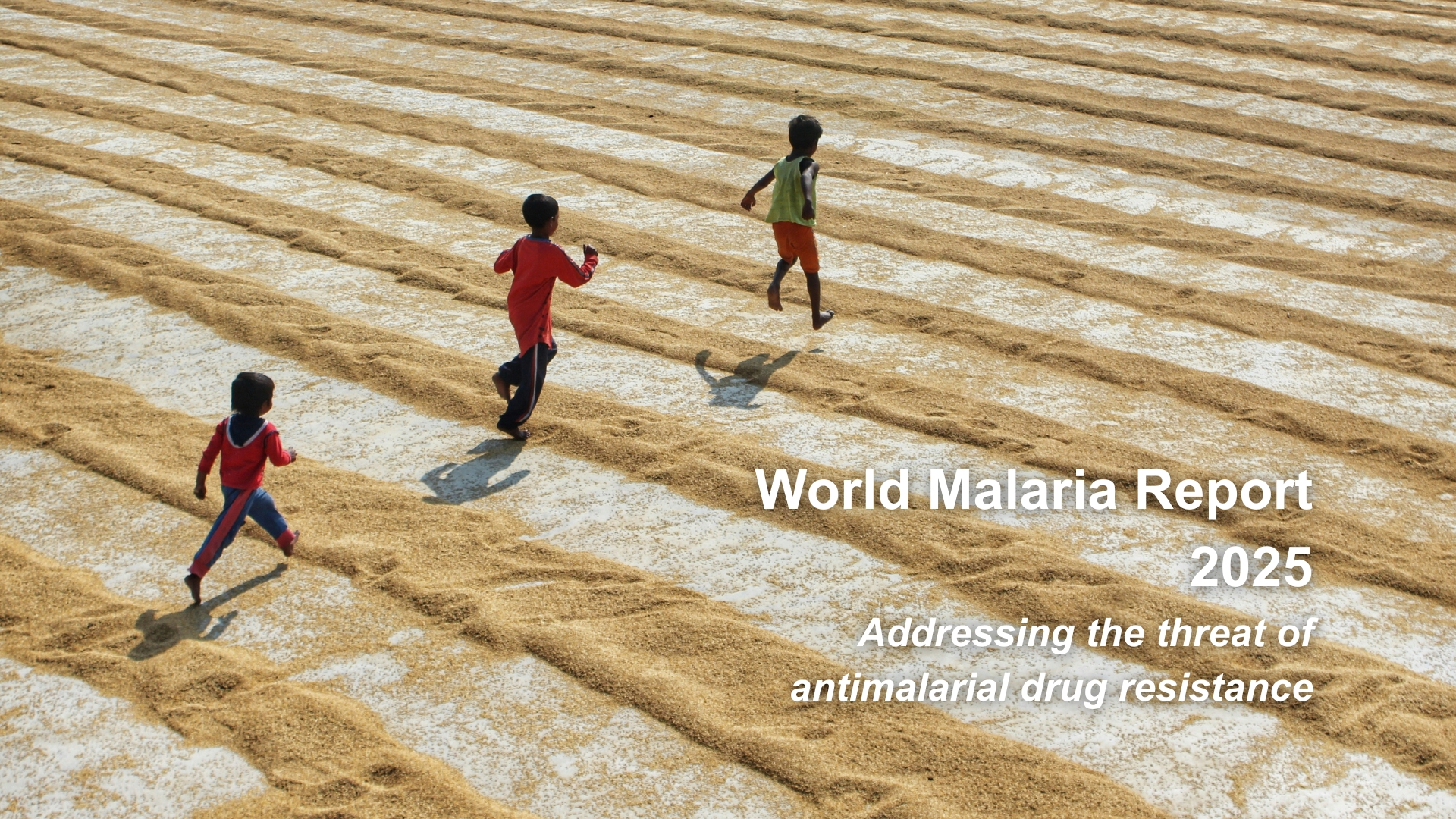
Pathogens have no need for passports, and so APLMA works with international partners to ensure malaria eradication is a truly global effort. Last week, APLMA came together with the Australian Global Health Alliance, Pacific Friends of Global Health, and the Australian High Commission Singapore to host an evening in support of the Global Fund.
This high-level reception brought together representatives of existing Global Fund donors, government leaders, senior officials, ambassadors, and representatives from the global health community to acknowledge the commitment needed for ending malaria, HIV, and TB by2030 and preparing the world for future health threats.
Impact of the Global Fund in Asia Pacific
For 20 years, the Global Fund to Fight AIDS, Tuberculosis and Malaria has championed this call for global health security, investing over US$10 billion in the Indo-Pacific region to save 17.7 million lives. The Global Fund is the largest source of international financing for malaria elimination activities in Asia Pacific, including a major supporter of the Greater Mekong Subregion.
The Global Fund’s largest regional grant, the Regional Artemisinin-resistance Initiative, has helped reduce malaria deaths by more than 90% over the last decade in Cambodia, Myanmar, Thailand, Laos PDR, and Vietnam. Much of the progress seen in this region would not have been possible without the Global Fund and crucial collaboration by governments, partners, and civil society organizations.
"Diseases do not respect borders and malaria continues to persist. With 2 billion people at risk of malaria in Asia Pacific, there is no room for complacency."
-- Dr Sarthak Das, CEO of the Asia Pacific Leaders Malaria Alliance, on why a replenished Global Fund is essential to achieving malaria elimination in the region by 2030.

Pandemics new and old, from HIV, tuberculosis, malaria, and now COVID-19, still impact millions of lives around the world. The continued existence of these pandemics show that local communities rely on each other having strong and resilient health systems to protect one another. Coordinated approaches across state, national, and regional borders, as well as sustained domestic and international financing, are necessary to achieve global health security.
The strength of the Global Fund’s model also proved to be both resilient and sustainable during the COVID-19 pandemic. Many nations were able to use their Global Fund-supported health systems and infrastructure as the backbone for their COVID response, even while continuing to battle malaria, HIV, and TB. In 2020, at the height of the pandemic, the Global Fund’s resources helped countries in the Asia Pacific to treat 2,199,885 malaria cases, and to distribute 12 million mosquito nets.
“There are massive synergies between investments to strengthen pandemic preparedness and investments to fight existing infectious diseases.”
-- Peter Sands, Executive Director of the Global Fund, on lessons learned from COVID-19.

In the current climate of global health challenges, it is critical to take maximum advantage of the linkages between responding to COVID-19, tackling the earlier pandemics of HIV, TB and malaria, and preparing for future pandemic simultaneously. This requires careful planning and expertise.
“Strategic support at critical times saves lives, saves communities, and builds stronger and more prosperous societies.”
-- Deputy High Commissioner Angela Robinson explained why the Global Fund’s work remains a high priority for Australia.

The Global Fund Must Meet the $18 billion Replenishment Target to Continue this Work
The Global Fund launched the Seventh Replenishment campaign in February 2022. The Replenishment Conference, hosted by the United States, will be held in September 2022. With a fully funded Replenishment of at least $18 billion US dollars, the Global Fund, together with partners, could prevent more than 150million malaria cases and save 400 thousand lives from a preventable and treatable disease.
Continued support by the international community, for countries with the highest burden along with those at the cusp of elimination, will be critical to reach our 2030elimination goal only eight years away. APLMA will continue working with partners, communities, and governments to reach the replenishment target and fight for what counts.
As malaria continues to devastate communities across our region and the world, our fight against malaria needs to remain steadfast, until everyone, everywhere -from the remote provinces of Indonesia and Papua New Guinea to tribal India –is safe.
.svg)


.jpg)






